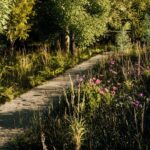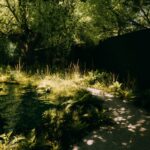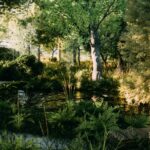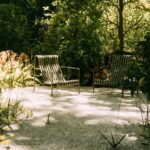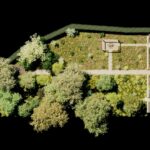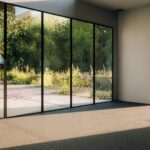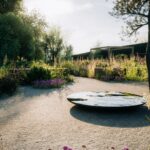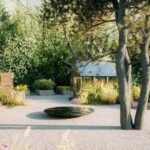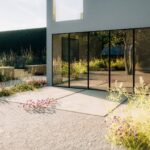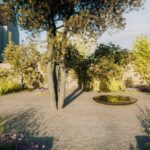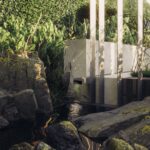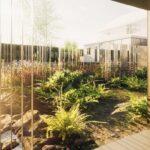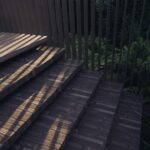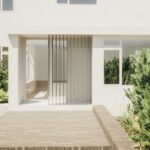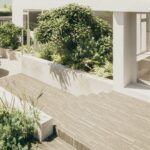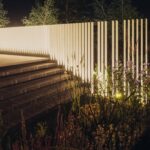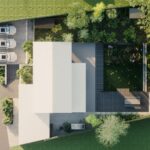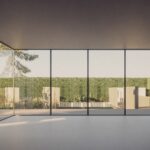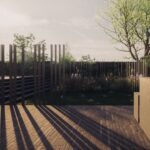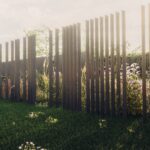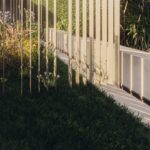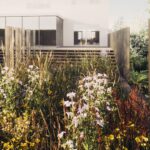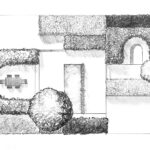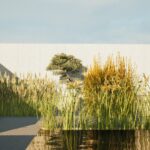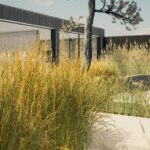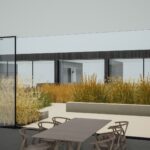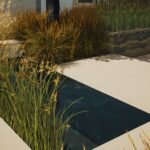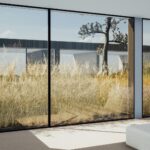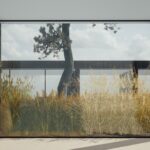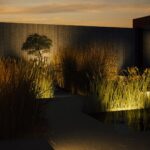Craig Atkinson
I believe in the power of gardens to enlighten, heal, move, and grow its inhabitants. I am here to create thoughtful compositions of space that connect people to the natural world. I am interested in how these connections to nature can offer an environment to reach higher levels of consciousness. My work is rooted in conceptual thinking, grown through relentless research, and executed with a crafted attention to detail. My aim is always to apply a light-handed approach and do more with less. I strive to create gardens that are wholly conscious – first and foremost by being as sustainable and ecologically beneficial as possible, in execution and into the future. I believe in the importance of a garden being sympathetic to the wider landscape, harmonious with the architecture, and in tune with the energy of the location. My goal is to make gardens that challenge conventions and ultimately change people’s lives.
You can find more about my work on my Instagram page @gardensbycraig
Biography:
After ten years of working as a graphic designer for some of the world’s best design agencies in London, New York, and Los Angeles, Craig decided to leave his successful career to follow his true purpose as a garden designer. He is currently studying at London College of Garden Design, graduating in the Summer of 2022.
This space draws the neighbouring woodland into the garden and interprets local heathland through the lens of modernist naturalism.
A sparse gravel courtyard filled with drought-tolerant plants surrounds the house and home office. Three gnarled pines hold the space and cast cool dappled shade over a minimal steel reflection bowl. A new productive garden and Victorian greenhouse offer a place for the family to grow nutritious food on their doorstep.
The long walk acts as the spine of the garden, slicing through the loose naturalistic planting with a sharp, straight line that pulls you away from the house and into the sublime woodland beyond.
This garden is a green extension of the house, designed on a grid taken from the lines of the architecture. The garden rooms relate directly to the rooms within the house, which makes the garden feel balanced and in harmony with the architecture.
Shafts of raw steel rise out of the ground, representing the tall upright trees of the nearby Chesham Bois woodland. These rectilinear planes are randomly dispersed along strong lines that relate to the axis of the internal walls of the ground floor. The screens appear solid when viewed from the house, but as you travel into the garden, their orientation causes their solidity to dissolve into a fine linear screen, almost disappearing when viewed perpendicularly, focusing your eye down the length of the garden, towards the woodland view. As the sun moves around the garden throughout the day, the light plays on and between the uprights, creating abstract geometric shadows that roll over the landscape of the garden.
The three main terraces are inspired by the zones of Chesham Bois woodland edge, starting with a species-rich lawn, into a perennial meadow, and finally into woodland scrub. These different environments are not only suited to the individual light and soil conditions, but also create a sense of exploration and surprise as you travel through the garden.
This courtyard garden is a symphony of juxtapositions designed to calm and seclude, connecting a home with an artists studio. The bold geometric shapes, inspired by the residents abstract paintings, are formed of harsh concrete and soft mono-culture blocks of grasses create translucent rectilinear foils that diffuse and screen a series of outdoor rooms.
The generous terracing is formed of a polished concrete horizontals with rough, board formed verticals. The terraces lower you down into the garden, slowly shrouding you into a tide of soft grasses until you reach a deep pool void in the centre of the garden.
The two bounding walls are positive and negative interpretations of the cladding from the buildings. The north east wall is clad in matching timber, but treated with shou sugi ban to char the surface. The south west wall is concrete poured into form work made with the same timber cladding, that lets the concrete ooze through to create textural verticals that catch light. These two walls would effectively fit together like positive and negative, fire and earth, light and dark, north and south.


